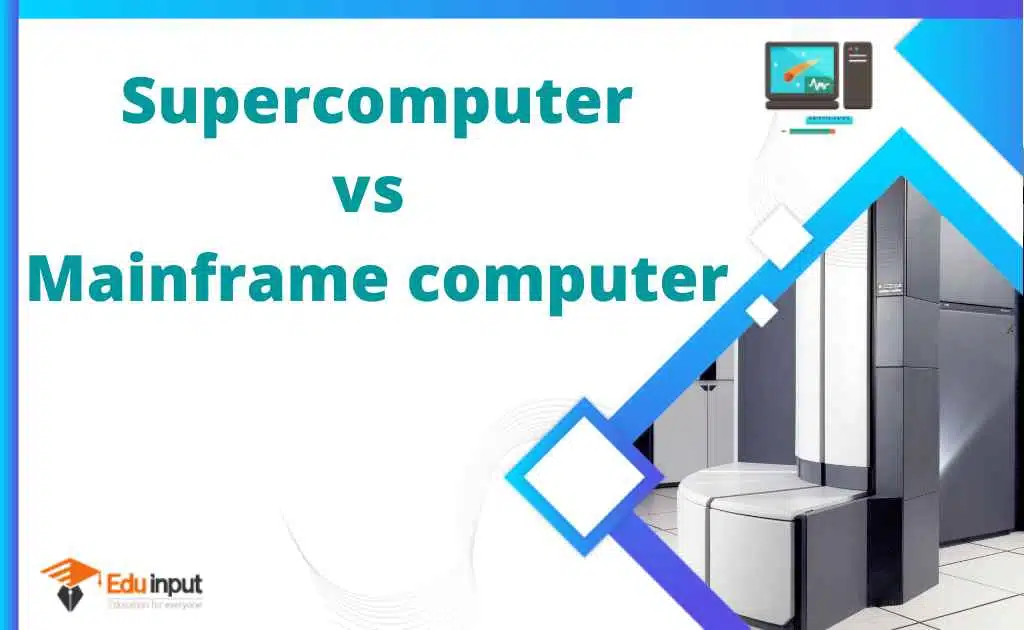Soft Copy- Meaning, Advantages and Disadvantages
What is Soft Copy?
A soft copy is a document or file that exists in a digital format rather than a physical form. It is stored on electronic devices like computers, smartphones, or tablets and can be viewed on a screen.
The soft copy meaning is simple: it refers to any digital or electronic copy of a document, image, or file. This includes PDFs, Word files, scanned images, and presentations.
Soft copy is the opposite of a printed hard copy. Instead of holding it in your hands, you see it on a screen.
An electronic copy meaning is the same as soft copy—both refer to digital files used for sharing, editing, or saving information without printing.
Examples of soft copy:
- A PDF document
- A Word file
- An image saved on a phone
- A scanned paper stored as a file
To summarize, soft copy meaning in computer terms is any file that is saved electronically and not printed on paper.
SOFT COPY MEANING IN DIFFERENT LANGUAGES
| Language | Meaning |
| English | A digital copy of a document or file |
| Urdu | کاپی ڈیجیٹل (Kāpi Dijital) |
| Hindi | इलेक्ट्रॉनिक प्रतिलिपि (Ilektronik Pratilipi) |
| Tamil | மின்சார நகல் (Minsaran Nagal) |
| Marathi | इलेक्ट्रॉनिक प्रत (Ilektronik Prat) |
| Telugu | ఎలక్ట్రానిక్ కాపీ (Elakātrikānu Kāpī) |
| Bengali | ইলেকট্রনিক অনুলিপি (Ilektronik Anulīpi) |
| Kannada | ಎಲೆಕ್ಟ್ರಾನಿಕ್ ನಕಲು (Elekronīku Nakalu) |
| Malayalam | ഇലക്ട്രോണിക് പകർപ്പ് (Ilektronikku Pakarap) |
| Gujarati | ઇલેક્ટ્રોનિક નકલ (Ilektronik Nakal) |
Soft copies are files stored on a computer, server, or other electronic device. They can include text documents, spreadsheets, presentations, images, audio files, videos, and more. Unlike hard copies printed on paper, soft copies are intangible and do not have a permanent physical form.
Also read: Soft copy vs hard copy
Advantages of Soft Copy
There are several notable advantages of soft copy and advantages of softcopy output when compared to using hard copies:
- Easy to share and transmit – Soft copies can be easily shared via email, cloud storage, file transfer apps, etc. This facilitates collaboration.
- Takes up less storage space – Storing documents digitally takes up less physical space than keeping hard copies.
- Easy to backup and recover – Soft copies can be backed up and duplicated. This makes recovering lost information easy.
- Environmentally friendly – Reduces paper use and waste.
- Convenient access – Soft copies can be accessed anytime, anywhere if you have the right device and internet connection. This improves productivity.
- Easy to edit and update – Updating and revising soft copies is simple compared to hard copies.
- Searchable – Soft copies are searchable using keywords, which makes finding information quicker.
These advantages of soft copy over hard copy highlight why many individuals and organizations prefer digital formats today. Additionally, modern output devices enhance the advantages of softcopy output, offering high-quality, fast, and efficient digital document handling.
Disadvantages of Soft Copy
There are several disadvantages of soft copy that users should consider:
- Needs electronic devices and software to open files.
- Files can be lost or damaged due to bugs, crashes, or hacking. This is one of the major disadvantages of soft copy output.
- Reading on screens for long periods can be tiring.
- Large amounts of data may be harder to move than paper files.
- Needs regular backup to avoid losing important information.
- Making notes or highlighting text is harder than on paper.
- Some people remember things better with printed materials.
- Soft copies are not as permanent as hard copies.
These are some common disadvantages of softcopy, including issues with soft copy output devices.
What Are Soft Copy Output Devices
Soft copy output devices are hardware that display or project digital data in a format that humans can read, see, or hear. Here are some examples of soft copy output devices:
- Computer monitors and displays – LCD and LED screens, as well as e-readers, are common soft copy output devices.
- Mobile devices – Smartphones and tablets show soft copy files in a portable format.
- Projectors – These devices project soft copy content onto a screen for group viewing.
- Printers – Though they create hard copies, they process soft copy data first.
- Plotters – Used to print vector graphics and large-scale digital drawings.
- Multifunction devices – These combine printing, scanning, copying, and faxing.
- Voice assistants – They read soft copy information aloud.
Advantages of soft copy output devices include quick access, easy sharing, and digital-to-visual/audio conversion. However, disadvantages of soft copy output devices include the need for electricity, possible technical failures, and screen fatigue.
FAQs
What are examples of soft copies?
Examples include Word documents, PDF files, emails, and digital images.
How is a soft copy different from a hard copy?
A soft copy is digital and viewed on screens. A hard copy is physical and printed on paper.
Can a soft copy be converted into a hard copy?
Yes, a soft copy can be printed to create a hard copy.






Leave a Reply